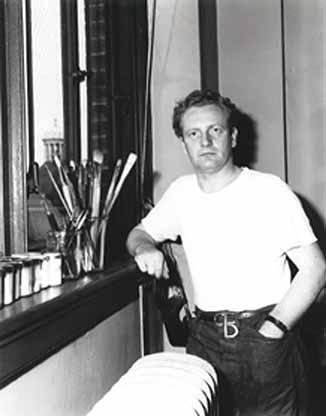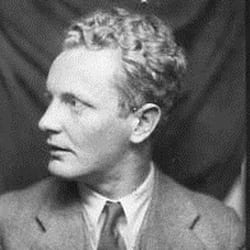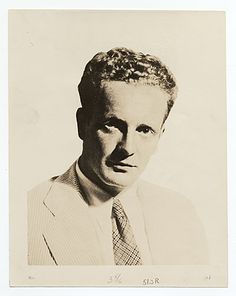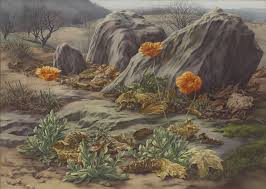
1906 - 1992
Peter Blume

description
The American painter and graphic artist of Jewish origin and was born in Belarus. He created his works in various styles, such as realism (mystical and social), purism, cubism and surrealism.
The mature period of Peter Blume’s work came at a time when Realism had already flourished in American art as a consequence of isolationist and ethnocentric moods after the First World War. This art movement mostly established in the period of the Great Depression, which began in 1929. However, the form of Blume’s particular realism was not too close to the established canons of Surrealism – the artist based his work on his own observations and was an adherent of the pictorial methods of the Renaissance and the Northern Renaissance.
Blume repeatedly won first awards at exhibitions and was awarded a Guggenheim Fellowship, thanks to which he was able to study in Italy for over a year.
The artist enjoyed the patronage of the Rockefeller family – in particular, he was a friend of the founder of the New York Museum of Contemporary Art, Abby Aldrich Rockefeller, and the first director of the institution, Alfred Barr, as well as a friend of famous avant-garde collector and Edgar J. Kaufmann, who bought paintings and provided orders.
Many of the artist’s works created before and after the Second World War have a sharp political and social anti-fascist sound. A bright example is a surrealist canvas “The Rock” (completed in 1948), dedicated to the world tragedy.
Paintings of the native of Belarus are included in the collections of the largest museums in the USA and are highly valued in the art market.
Key ideas:
– In his early works, drawings, graphic compositions and caricatures, P. Blume used the Renaissance technique – accurate and emotional reproduction taking linear and aerial perspective into account.
– In the late 1920s, turning to oil painting on canvas, the artist applied some of the techniques of cubism. At the same time, he did not deviate too much from reality in the representation of figures or objects. In particular, he did not use shifts when crushing objects and characters into fragments.
– Despite the fact that Blum himself condemned theories about unconscious creation and about associations with sensual themes from the subconscious, elements of surrealism are seen in many of the paintings. In this case, the subjects always included everyday objects, observations from travels in America and Europe.
– Peter Blume sought to depict the industrial world through smooth and sharp contours, often using symbolism and magical realism. Surrealistic paintings of the artist also differ in precise ways of processing the most microscopic details.
– After the war, the artist used the technique of automatic drawing, endorsed by Surrealists and Abstract Expressionists. However, he considered himself Realist because he portrayed what he saw in the world. His paintings are mostly true to the general reality in detail, but they are complemented by associative images. The emotional mood of the paintings is close to movies about the Cold War and the science fiction of the 1950s than to Surrealism.
– Blume depicted the world as familiar but strange, where the population of the planet faces the all-pervading uncertainty about the future, threatening a person with various disasters.
1906
1920
1926
1932
1934
1937
1948
1950
1956
1969
1982
1992
Peter Blume was born
Started to learn painting, drawing and sculpture

Opened his own studio in New York

He received a scholarship from the Guggenheim Foundation

He traveled around the regions of Pennsylvania

«Eternal City»

«The Rock»

Won first prize at Carnegie International

"Metamorphosis"

«Recollection of the Flood»

«Four Seasons»

Peter Blume died

